How To Restart Canon Camera Lens Error ?
It’s so annoying that your Canon camera lenses encounter various errors that prevent the lens from working properly when you are going to take a shoot for a beautiful scene, which not only affects the shooting experience but also may cause you to miss valuable shooting moments. Now, let me explain in detail how to reboot and repair an error-prone Canon camera lens, including identifying the type of error and symptoms, basic troubleshooting methods, advanced repair techniques, as well as preventive measures, and maintenance recommendations.
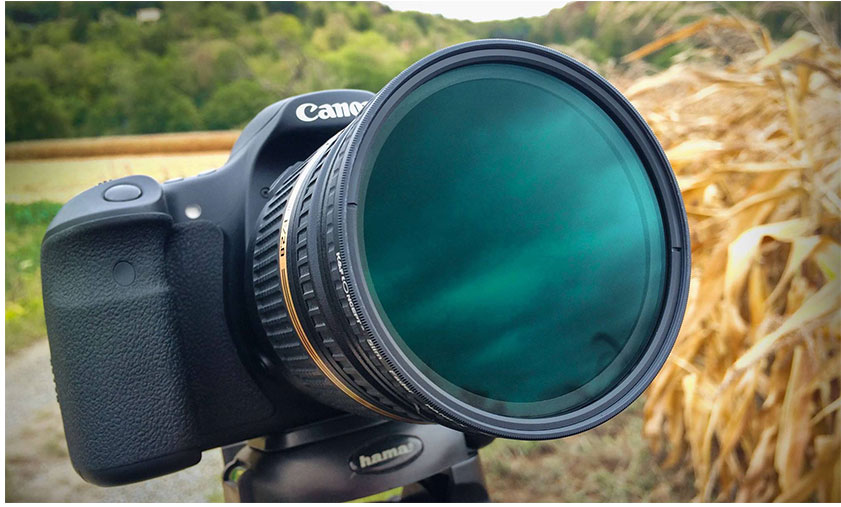
Identifying Error Types and Symptoms
To effectively fix Canon camera lens problems, you first need to accurately identify the error types and symptoms. Here are some common error types and their symptoms:
Lens won't retract: This is one of the most common problems and usually occurs when there is a malfunction in the lens motor or mechanical part. Symptoms include the lens getting stuck or not being able to fully retract.
Lens fails to focus: Focusing problems can be due to an error in the autofocus system or a faulty focus motor inside the lens. Symptoms include the lens not being able to focus automatically or focusing abnormally slowly.
Lens communication error: A communication failure between the camera and the lens usually results in an error code being displayed on the camera screen. Symptoms include the inability to take pictures or the camera displaying a "lens error" message.
Foreign objects stuck in the lens: Dust, sand, or other foreign objects may get inside the lens and prevent it from functioning properly. Symptoms include abnormal noise or jams when the lens is operating.
Reboot and Basic Troubleshooting
After identifying a lens problem, you can try the following basic reboot and troubleshooting methods:
Turn off and reboot the camera: This is the simplest solution and applies to many temporary errors. Switch off the camera, wait a few seconds, and then reboot to check if the problem is resolved.
Remove and reinstall the lens: Sometimes the connection between the lens and the camera may be loose. Switch off the camera, remove the lens, clean the lens contact points, then reinstall the lens and switch on the camera.
Replace the batteries: A low battery may cause the camera and lens to not function properly. Try restarting the camera with a fully charged spare battery.
Reset camera settings: Errors in the camera settings may cause the lens to not work properly. Go to the camera menu and select the "Reset All Settings" option to restore the camera's factory settings.
Check for firmware updates: Canon regularly releases firmware updates to fix known issues and improve performance. Visit Canon's official website to download and install the latest firmware update.
Advanced Fixing Tips

If the basic methods do not solve the problem, you can try the following advanced fixing techniques:
Clean the inside of the lens: Use a professional camera cleaning tool to gently clean the inside of the lens of dust and foreign objects. Make sure to keep the inside of the lens in a dry and dust-free environment during the cleaning process.
Manual Focus Test: Switch to manual focus mode and try to adjust the focus manually. If manual focus works properly, the problem may be with the autofocus system.
Check the lens motor: Listen for abnormal noise in the lens. If there is, the lens motor may be damaged. It is recommended to send the lens to a professional repair center for overhaul.
Check the lens contact points: The contact points between the lens and the camera may be oxidized or damaged. Use anhydrous alcohol and a cotton swab to gently wipe the contact points to ensure good contact.
Test with a spare lens: Replace a spare lens and check if the camera works properly. If the camera and the spare lens work properly, the problem may be with the original lens.
Preventive Measures and Maintenance Recommendations
To avoid lens errors, daily prevention and maintenance are very important:
Keep the lens clean: Clean the surface and inside of the lens regularly to avoid dust and foreign objects from entering. Use a professional camera cleaning kit for cleaning.
Avoid moisture in the lens: Humid environments may cause rust or mold inside the lens. Use a desiccant to keep the inside of your camera bag dry and avoid using your camera for long periods in humid environments.
Store your lens correctly: Use a shock-proof, dust-proof camera bag to store your lens and avoid external impacts and contamination.
Regular maintenance: Send your lens to a professional repair center for regular inspection and maintenance to ensure that the lens is always in the best condition.
Avoid Frequent Lens Replacement: Frequent replacement of lenses may lead to wear and tear or damage to the contact points. Minimise unnecessary lens replacement to protect the contact points.
Conclusion
Mastering the skills of rebooting and repairing Canon camera lenses, so that they can quickly solve the problem when encountering lens problems and restore the shooting function. Daily prevention and maintenance are also important skills for you to reduce effectively the occurrence of lens errors.







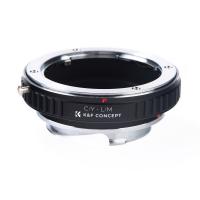
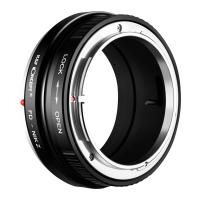
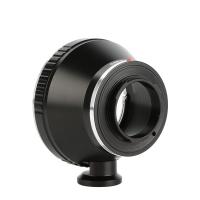
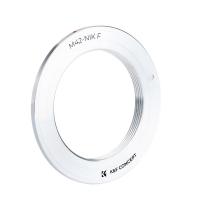
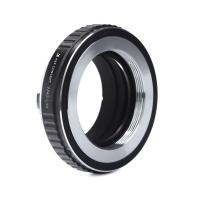



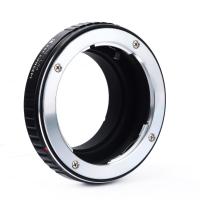



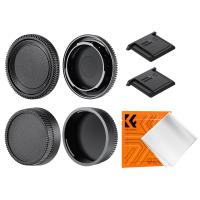
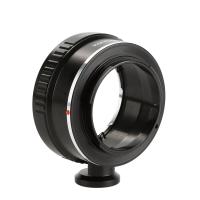


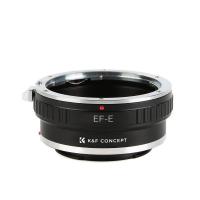


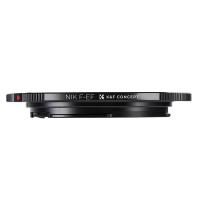

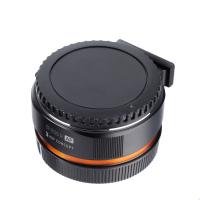
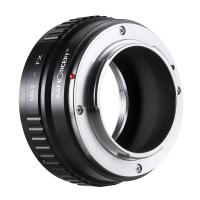
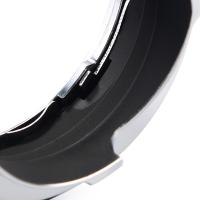


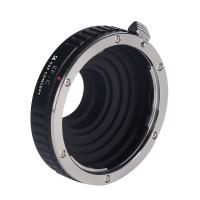



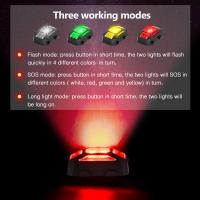




There are no comments for this blog.